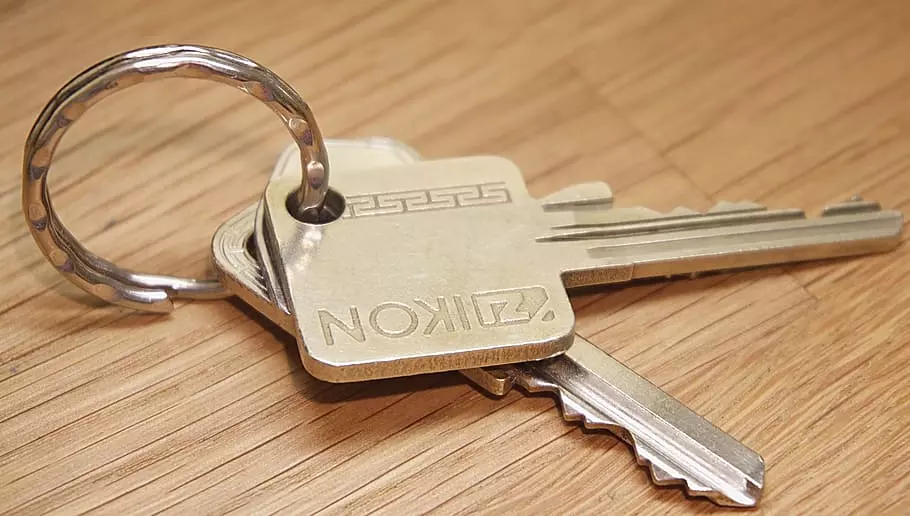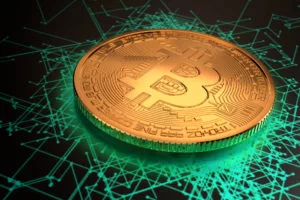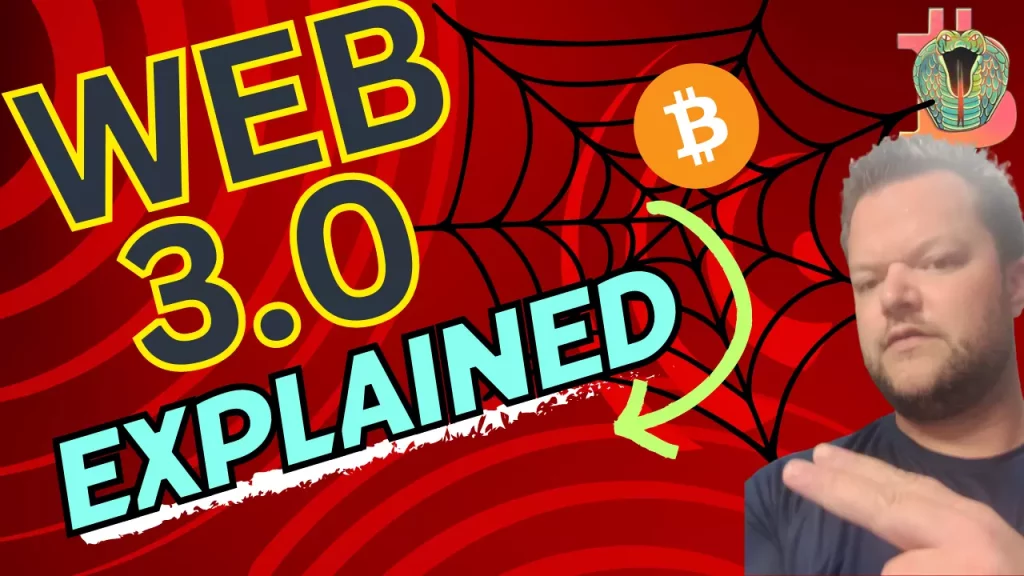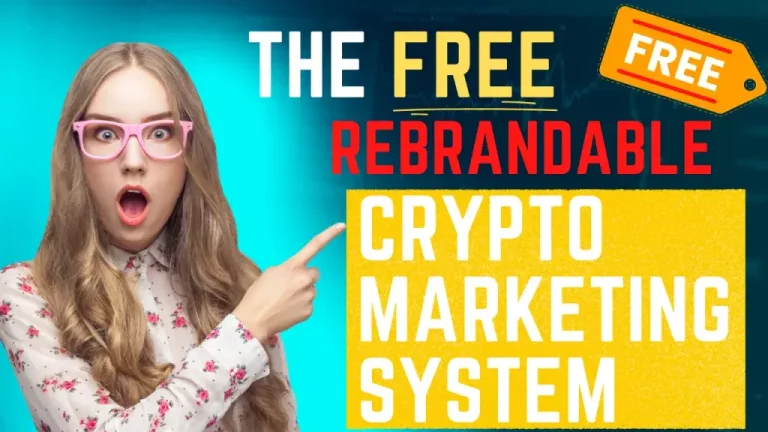In this article we are going to teach you all you need to know about web 3.0 explained in a simple way.
The internet has come a long way since its inception, and with each phase of its evolution, new possibilities and opportunities have arisen. Blockchain is the future of digital wealth and privacy.
Web 3.0 is the latest chapter in this ever-evolving story, and it promises to revolutionize the way we interact with the digital world.
In this article, we will explore what Web 3.0 is, its key features, and the potential it holds for the future.
1. Web 3.0 Explained
Web 3.0 Eplained is easy, often referred to as the “Decentralized Web” or the “Semantic Web,” represents a paradigm shift from its predecessors, Web 1.0 and Web 2.0.
While Web 1.0 was characterized by static web pages and limited user interactivity, and Web 2.0 introduced dynamic and interactive content along with social media, Web 3.0 takes decentralization to the forefront.

2. Key Features of Web 3.0 Explained

A. Decentralization: At the heart of Web 3.0 is the idea of decentralization. Unlike the centralized nature of Web 2.0 platforms, Web 3.0 operates on a decentralized network, often leveraging blockchain technology.
This means that data, applications, and services are distributed across a vast network of nodes, removing the need for a central authority to control the internet.
B. Privacy and Security: Web 3.0 places a strong emphasis on privacy and security. With data breaches and privacy concerns plaguing Web 2.0, the decentralized nature of Web 3.0 ensures that user data is encrypted and secure. Blockchain's cryptographic protocols play a crucial role in safeguarding sensitive information, giving users greater control over their digital identities.
C. Interoperability: Web 3.0 fosters interoperability between different platforms and networks. This means that data and information can be seamlessly exchanged between disparate systems, creating a more connected and efficient digital ecosystem.
D. Tokenization: Web 3.0 introduces the concept of tokenization, where digital assets and tokens are created on blockchain networks. These tokens represent ownership or access rights and can be used for various purposes, including financial transactions, voting, and digital collectibles (NFTs).
3. Real-Life Applications of Web 3.0 explained

A. Decentralized Finance (DeFi): Perhaps the most prominent use case of Web 3.0 is DeFi. DeFi platforms leverage smart contracts to provide financial services without the need for traditional intermediaries like banks. Users can lend, borrow, and trade assets directly, unlocking a new world of financial possibilities.
B. Non-Fungible Tokens (NFTs): NFTs have taken the digital world by storm, and Web 3.0 is the driving force behind their popularity. NFTs are unique digital assets that represent ownership of digital art, music, virtual real estate, and more. Web 3.0's ability to authenticate and prove ownership makes NFTs a game-changer for creators and collectors alike.
C. Decentralized Social Media: Web 3.0 paves the way for decentralized social media platforms that prioritize user privacy and reward content creators directly. These platforms aim to eliminate the issues of centralized data control and censorship that plague traditional social media networks.
4. Challenges and Future Prospects of web 3.0 explained

As with any emerging technology, Web 3.0 faces challenges on its path to widespread adoption. Scalability remains a significant obstacle, as current blockchain networks struggle to handle the sheer volume of users and transactions.
Moreover, regulatory frameworks are still catching up with the decentralized nature of Web 3.0, creating uncertainties in some regions.
However, the potential of Web 3.0 is undeniable. Its promise of a more transparent, secure, and user-centric internet has captivated the imaginations of developers, entrepreneurs, and innovators worldwide.
As blockchain technology continues to mature and new solutions are developed, Web 3.0 is poised to shape the future of the internet and redefine the way we interact with digital assets, data, and each other.
Conclusion
So now you have been teached about Web 3.0 explained and it represents the next phase of the internet's evolution, characterized by decentralization, privacy, and tokenization.
Its disruptive potential has already given rise to groundbreaking applications like DeFi and NFTs, transforming various industries in the process.
While challenges remain, the decentralized future envisioned by Web 3.0 holds tremendous promise for creating a more inclusive, secure, and innovative digital world. As we move forward, embracing the principles of Web 3.0 will likely redefine the way we live, work, and communicate in the digital age.








![Meaning of Lead Generation:Top lead Gen Secrets [+Free eBook] 11 Meaning of Lead Generation](https://freedomdad.net/wp-content/uploads/2022/08/Meaning-of-Lead-Generation-kkk.webp)